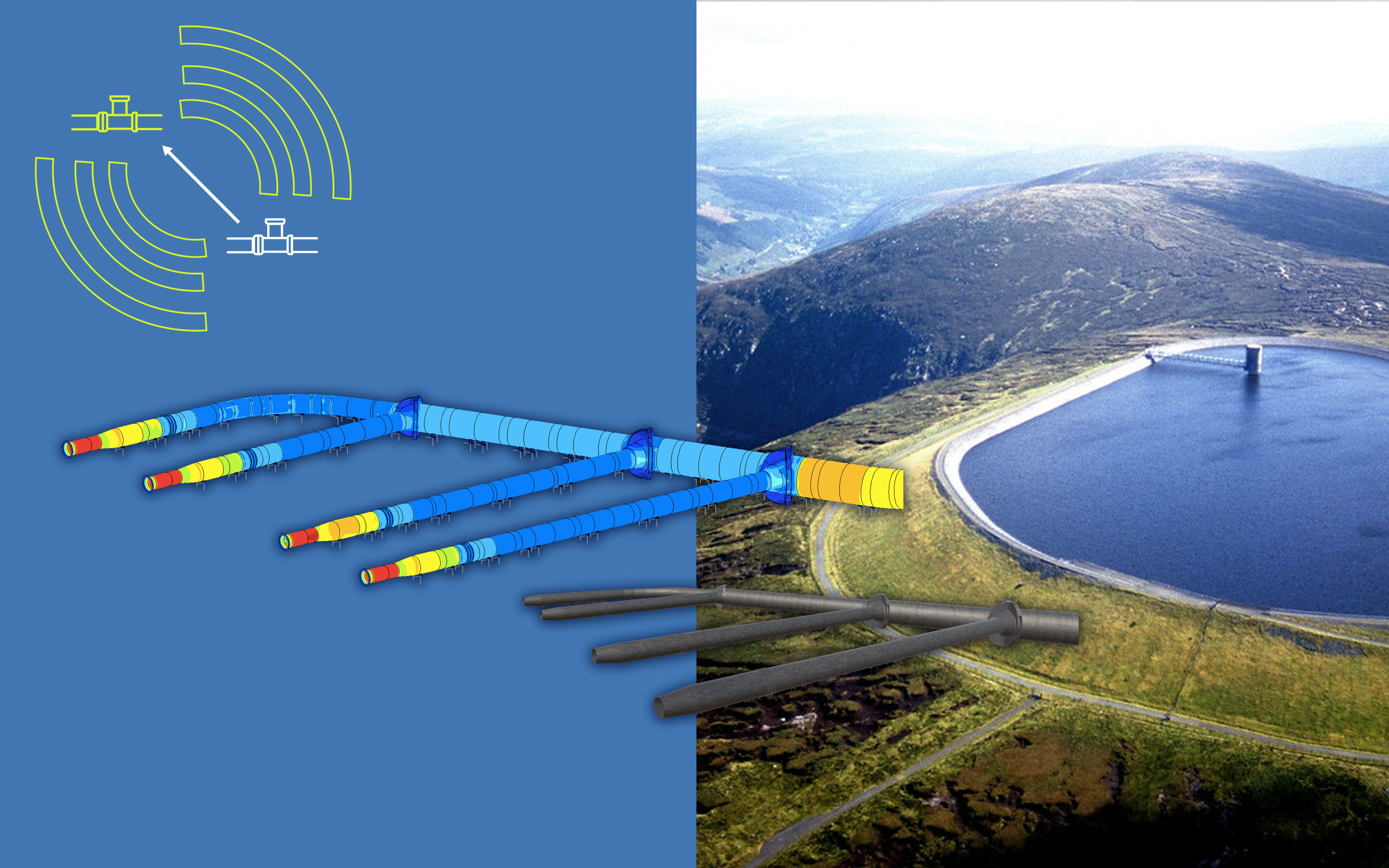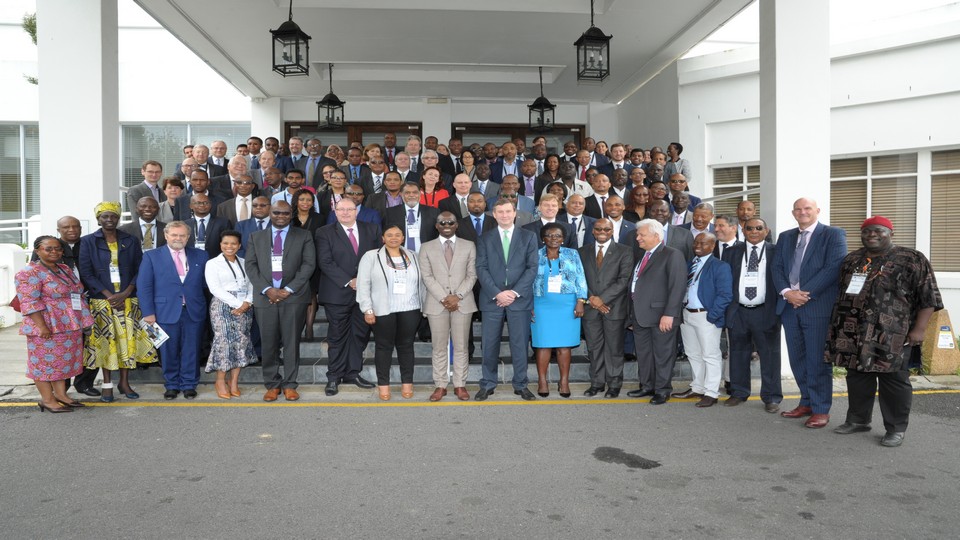844 results found
Featured results



More results

The IMF's Public Investment Management Assessment (PIMA) framework helps countries evaluate the strength of their PIM practices.



The paper looks at the consequences of Technological disruption in construction for infrastructure-investment managers.



The exercise is part of an annual ranking of the PPP context across countries undertaken by the World Bank group.
In Buenos Aires on 23 March, the G20 Finance Ministers announced that infrastructure would remain a priority for at least the next three years—a very welcome announcement for those in the private sector who have long called for greater global coordination of efforts in this area.
The PDMF Guidelines provide the detailed process to be followed by the Implementing Agencies (IAs) in order to apply for PDMF support for project preparation activities and more.

Over the last decade, much has been written about globalisation and how we’re more connected than ever before. In the infrastructure world, we think of connectivity as the “linkages of communities, economies and nations through transport, communications, energy, and water networks across a number of countries” .
The cost of transport in Lao PDR is said to be higher than in neighboring countries, affectingthe competitiveness of producers and shippers alike. However, the picture appears to be morenuanced. Since there has not been much hard evidence to support this claim, this paper fills thegap by empirically investigating transport costs and prices for domestic routes in Lao PDR andidentifies the key drivers behind transport costs.

Star Ratings provide an evidence-based objective measure of crash risk to ensure that safety is built-in to designs for upgrades and new roads prior to construction.
These policy guidelines are intended to help countries design and implement competitive selection processes for supporting renewable energy.

This report provides a view on the Chongqing area and argues three dimensions of connectivity can be improved: physical (infrastructure) connectivity, digital connectivity, and economic integration with nearby areas, the report then provides a strategy on how to carry this out.

An industry event about the need to attract private capital and develop infrastructure as a standalone asset class is nothing new. However, the G20 Infrastructure Financing Seminar that took place in London last week was unique in that it had the most wide-ranging and intense interactions between governments and the private sector that I have seen to-date.
Over the past few decades, there has been substantial change in living standards globally. Keeping pace with profound economic and demographic changes will require a significant increase in infrastructure investment.
While 2017 was an eventful year for the Global Infrastructure Hub (GI Hub), 2018 is shaping up to be even busier.
Chinese international contractors attach great importance to corporate social responsibility (CSR), and in recent years have comprehensively promoted social responsibility-concerned ideas and practices.

The purpose of this manual is to contribute to improvements in the quality of infrastructure regulation.



A major factor hindering infrastructure implementation and delivery is the absence of good governance, according to the 130 delegates from 27 countries who came together for the first Regional Roundtable on Infrastructure Governance in Cape Town in November.








 Download the event summary
Download the event summary




